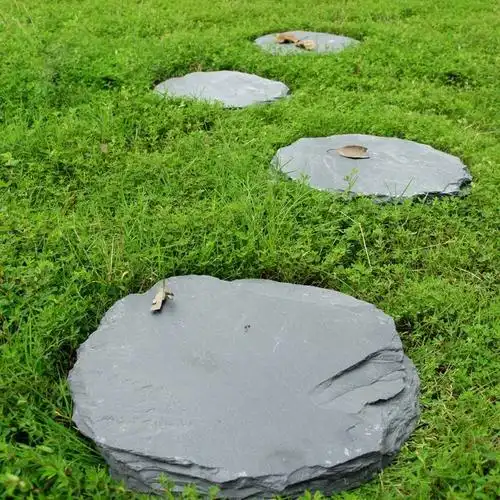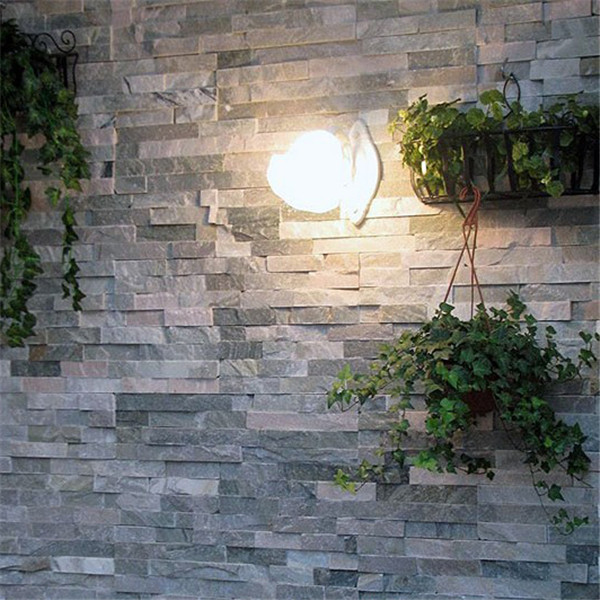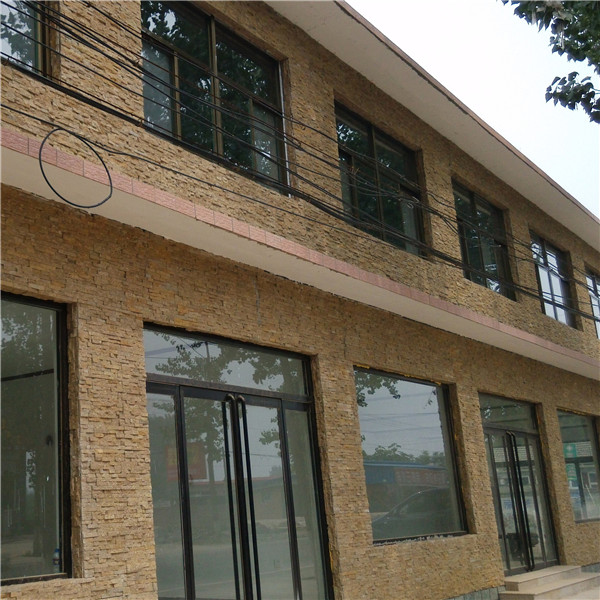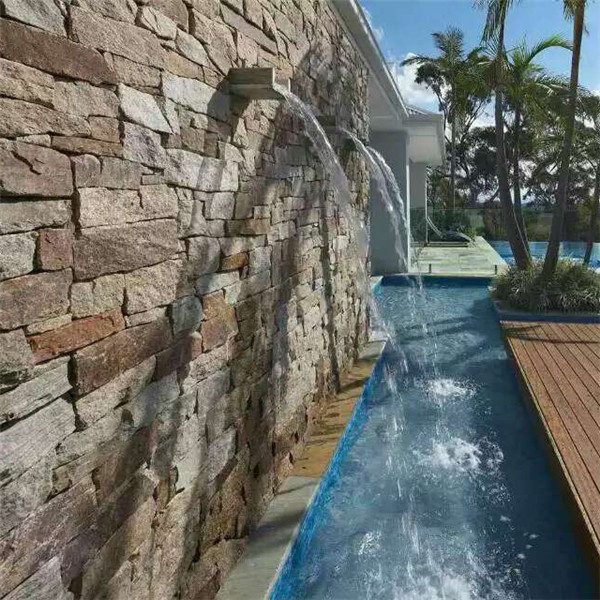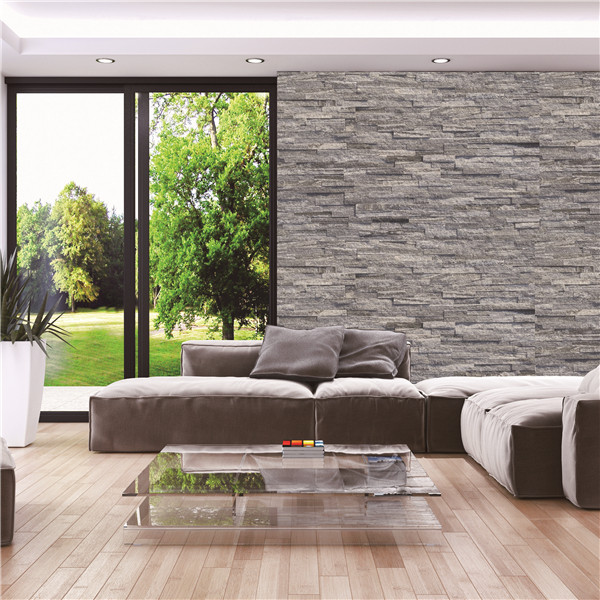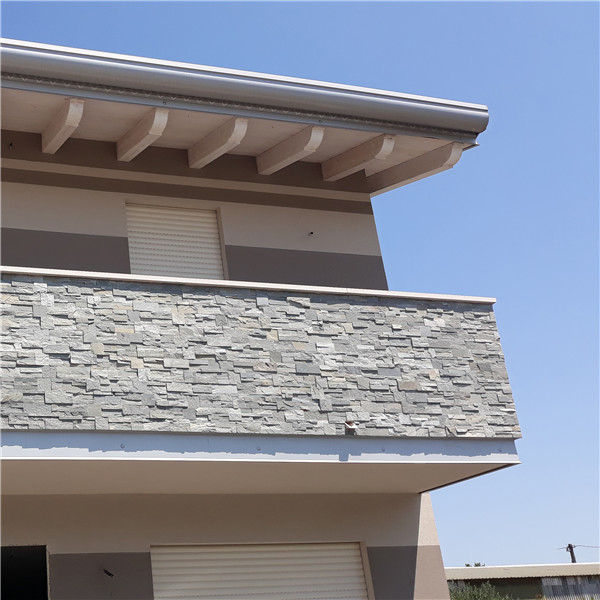Table of Contents
Toggle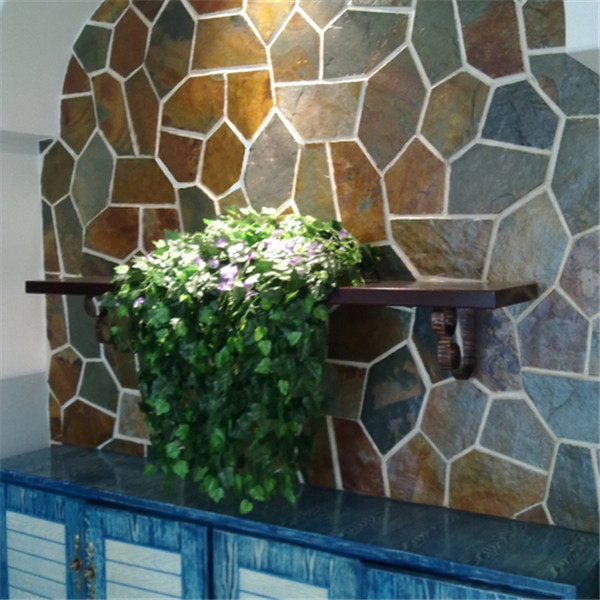
Introduction to stone veneer
As an experienced human writer, I understand the importance of creating visually appealing and durable spaces that stand the test of time. In the realm of construction and home improvement, stone veneer has emerged as a versatile and sought-after material that combines aesthetic appeal with exceptional durability. In this comprehensive guide, we will delve into the world of stone veneer, exploring its definition, advantages, types, manufacturing process, and factors to consider when selecting the perfect option for your project.
What is stone veneer?
Stone veneer, also known as manufactured stone or cultured stone, is a man-made product designed to mimic the natural beauty and texture of authentic stone. It is a lightweight and cost-effective alternative to traditional full-bed stone masonry. Stone veneer comprises a concrete base or backing material, which is then covered with a thin layer of natural or artificial stone, creating a realistic and visually stunning finish.
Advantages of using stone veneer
- Aesthetic Appeal: Stone veneer offers a wide range of colors, textures, and patterns, allowing you to achieve a unique and captivating look for your home or commercial space. From rustic and rugged to sleek and modern, stone veneer can complement any architectural style.
- Durability: Unlike natural stone, which can be susceptible to weathering and erosion, stone veneer is designed to withstand harsh environmental conditions, making it an excellent choice for both interior and exterior applications.
- Low Maintenance: Stone veneer requires minimal maintenance compared to other materials. Its resistance to fading, staining, and cracking ensures that it retains its beauty for years to come.
- Versatility: Stone veneer can be applied to various surfaces, including walls, fireplaces, columns, and even outdoor living spaces, providing endless design possibilities.
- Cost-Effective: While achieving the look of natural stone, stone veneer is often more affordable than its full-bed counterpart, making it an economical choice for homeowners and builders alike.
Different types of stone veneer
Stone veneer is available in a wide variety of styles and materials, each offering unique characteristics and aesthetics. Here are some of the most popular types:
- Manufactured Stone Veneer: This type of stone veneer is made from a mixture of Portland cement, lightweight aggregates, and pigments, and is designed to mimic the appearance of natural stone.
- Natural Stone Veneer: As the name suggests, natural stone veneer is made from thin slices of real stone, such as limestone, slate, or quartzite, providing a more authentic look and feel.
- Brick Veneer: Brick veneer is a popular choice for those seeking a classic and timeless look. It is made from thin slices of real clay bricks and can be installed in various patterns and styles.
- Stacked Stone Veneer: This type of stone veneer features a layered or stacked appearance, creating a rustic and textured look that is often associated with traditional stone masonry.
How is stone veneer made?
The manufacturing process of stone veneer involves several steps to ensure its durability and realistic appearance. Here’s a brief overview:
- Mold Creation: Skilled artisans create molds from actual stone samples, capturing every detail and texture.
- Concrete Casting: A concrete mixture is poured into the molds, allowing it to cure and take the shape of the desired stone pattern.
- Coloring and Texturing: Once cured, the concrete pieces are colored and textured using various techniques, such as staining, sandblasting, or hand-painting, to achieve a realistic stone-like appearance.
- Curing and Quality Control: The finished pieces undergo a final curing process and are inspected for quality control before being packaged and shipped.
Factors to consider when choosing stone veneer
When selecting the perfect stone veneer for your project, there are several factors to consider:
- Desired Aesthetic: Determine the overall look and feel you want to achieve, whether it’s a rustic, contemporary, or traditional style.
- Climate and Location: Consider the climate and weather conditions in your area, as some stone veneer materials may perform better in certain environments.
- Indoor or Outdoor Use: Evaluate whether the stone veneer will be used for interior or exterior applications, as this will impact the material’s durability requirements.
- Budget: Stone veneer can vary in cost depending on the material and complexity of the design, so it’s essential to establish a realistic budget.
- Installation Requirements: Understand the specific installation requirements for the chosen stone veneer to ensure proper application and longevity.
Installation process of stone veneer
The installation process of stone veneer is a crucial step in ensuring its durability and aesthetic appeal. Here’s a general overview of the installation process:
- Surface Preparation: The surface must be clean, structurally sound, and properly prepared to ensure proper adhesion of the stone veneer.
- Lath Installation: A lath, typically made of galvanized metal or water-resistant material, is installed over the surface to provide a base for the stone veneer.
- Mortar Application: A layer of mortar is applied to the lath, creating a bed for the stone veneer pieces.
- Stone Veneer Placement: The individual stone veneer pieces are carefully placed onto the mortar bed, following the desired pattern and design.
- Grouting and Finishing: Once the stone veneer is in place, grout is applied to fill the gaps between the pieces, and any necessary finishing touches are completed.
It’s important to note that the installation process may vary depending on the specific product and manufacturer’s recommendations. Hiring a professional installer with experience in stone veneer installation is highly recommended to ensure a flawless and long-lasting result.
Maintenance and care for stone veneer
One of the significant advantages of stone veneer is its low maintenance requirements. However, proper care and maintenance are still essential to ensure its longevity and preserve its beauty. Here are some tips for maintaining your stone veneer:
- Regular Cleaning: Periodically clean the stone veneer surface with a mild detergent and soft-bristled brush to remove dirt, dust, and debris.
- Stain Removal: For stubborn stains, use a specialized stone cleaner or a diluted mixture of water and mild acid, such as vinegar or muriatic acid, following the manufacturer’s instructions.
- Sealing: Depending on the type of stone veneer and its location, sealing the surface may be recommended to protect it from moisture, stains, and other environmental factors.
- Repointing and Repair: Over time, the grout or mortar between the stone veneer pieces may need to be repointed or repaired to maintain a seamless and cohesive appearance.
- Professional Inspection: Consider having a professional inspect your stone veneer installation periodically to identify any potential issues and address them promptly.
By following these maintenance guidelines, you can ensure that your stone veneer remains beautiful and durable for years to come.
Comparing stone veneer with other materials
While stone veneer offers numerous advantages, it’s essential to compare it with other popular materials to make an informed decision for your project. Here’s a brief comparison:
- Natural Stone: While natural stone is undoubtedly beautiful and long-lasting, it can be significantly more expensive and labor-intensive to install. Stone veneer provides a cost-effective alternative while still achieving a similar aesthetic.
- Brick: Traditional brick is a durable and classic choice, but it can be heavy and require more extensive structural support. Stone veneer offers a lightweight alternative with a wide range of styles and textures.
- Siding: While siding materials like vinyl or fiber cement are popular options for exterior cladding, they may lack the depth and texture of stone veneer, which can add a more premium and natural look to your home.
- Stucco: Stucco is a popular choice for its versatility and affordability, but it may not offer the same level of visual interest and character as stone veneer.
Ultimately, the choice between stone veneer and other materials will depend on your specific project requirements, budget, and desired aesthetic.
Conclusion: Why you should choose stone veneer for your project
Stone veneer is a versatile and durable material that offers a unique combination of beauty, durability, and affordability. Whether you’re looking to enhance the curb appeal of your home, create a stunning outdoor living space, or add a touch of elegance to your interior design, stone veneer is an excellent choice.
With its wide range of styles, colors, and textures, stone veneer allows you to achieve the desired aesthetic while providing exceptional durability and low maintenance requirements. Additionally, its cost-effectiveness makes it an accessible option for homeowners and builders alike.
If you’re considering a home improvement or construction project, we encourage you to explore the world of stone veneer. Our team of experts is ready to guide you through the selection process, ensuring you find the perfect stone veneer solution that meets your unique needs and exceeds your expectations. Contact us today to schedule a consultation and experience the beauty and durability of stone veneer firsthand.




